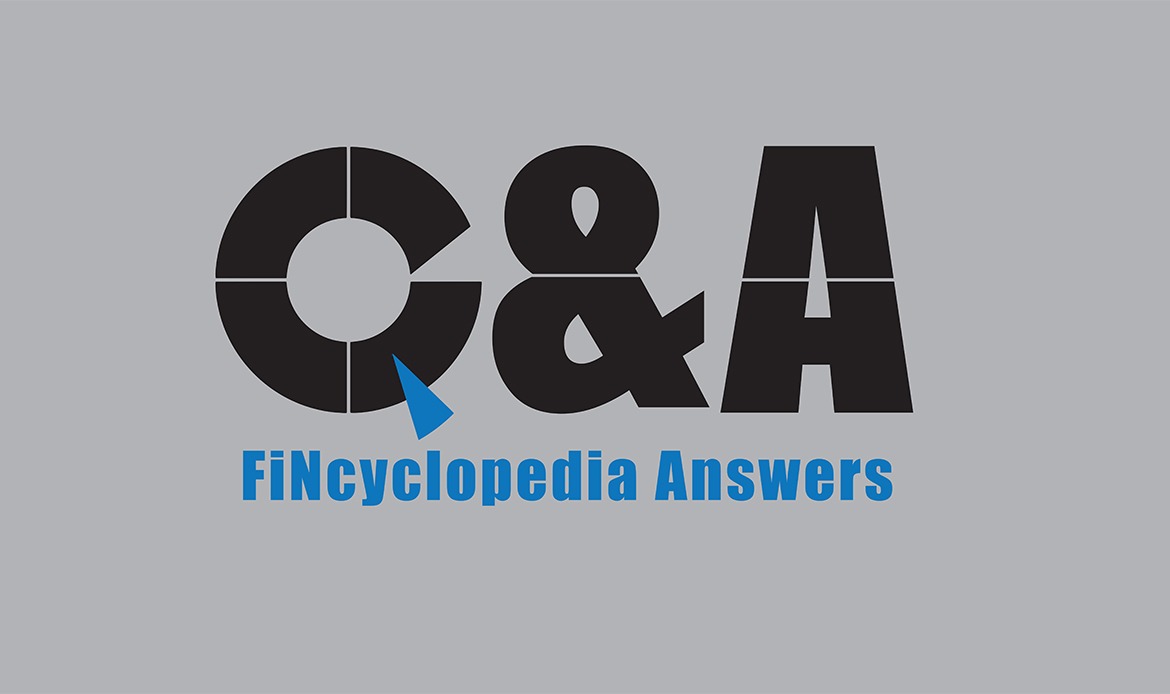LIBOR (or Libor) refers to the London interbank offered rate, which is an interest rate quoted by the most creditworthy international banks in their dealings in eurodollar loans (particularly large loans) between each other.
It is used as the base for other eurodollar loans offered to less creditworthy borrowers from the private or government sector. That is, it is used as the basis for many types of lending, from syndicated and commercial lending, to residential mortgages. Being a benchmark reference rate that indicates the interest rate charged by banks when lending to each other, LIBOR is used to determine payments made under both OTC interest rate products (loans, mortgages, interest rate derivatives, and so on) and exchange traded interest rate products, by a large number of counterparties including companies, financial institutions, and public authorities. LIBOR is embedded in so many contracts that are entered into worldwide. For example, currently (2013), analysts estimate there are over $300 trillion dollars of derivatives linked to LIBOR. Also, LIBOR is often used as a generic name for simple interest rates.
Many banks, mortgage lenders, and others use LIBOR to set the price of borrowing on trillions of dollars of financial contracts and transactions. It is published on behalf of the British Bankers’ Association (BBA) and is calculated as an average from submissions made by a number of banks selected by the BBA (specifically, BBA LIBOR Ltd). In reality, there are different panels of banks that contribute submissions for each currency in which LIBOR is published.





Comments